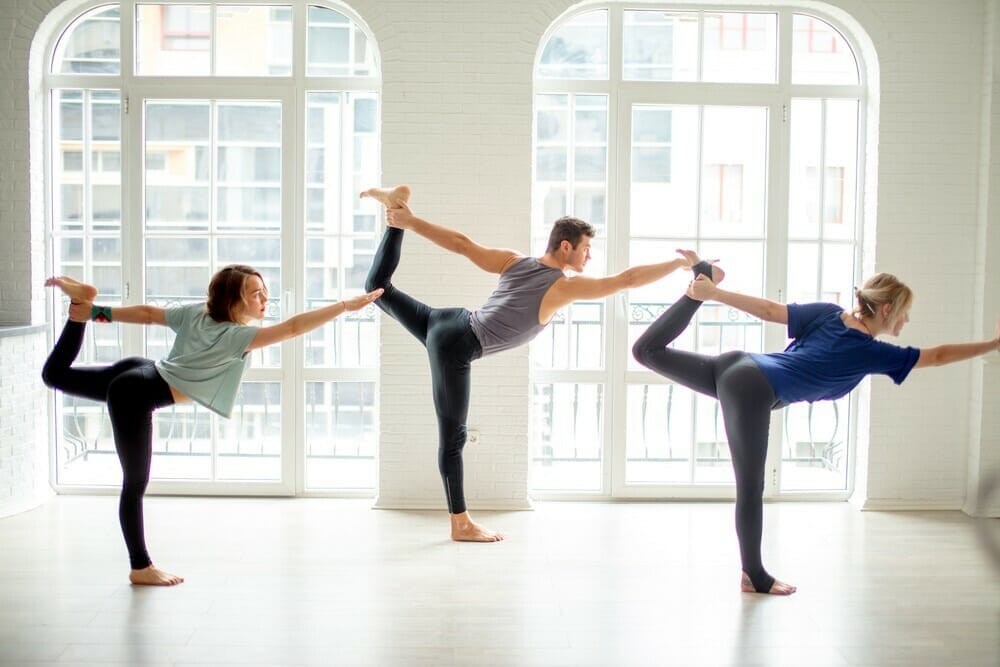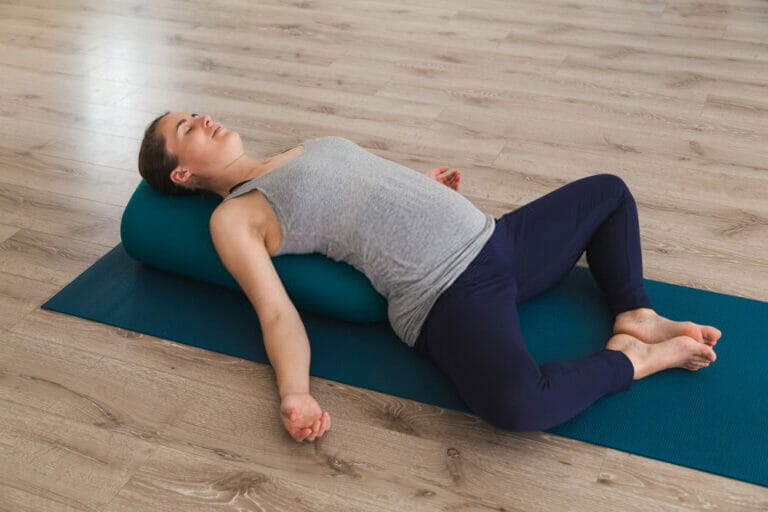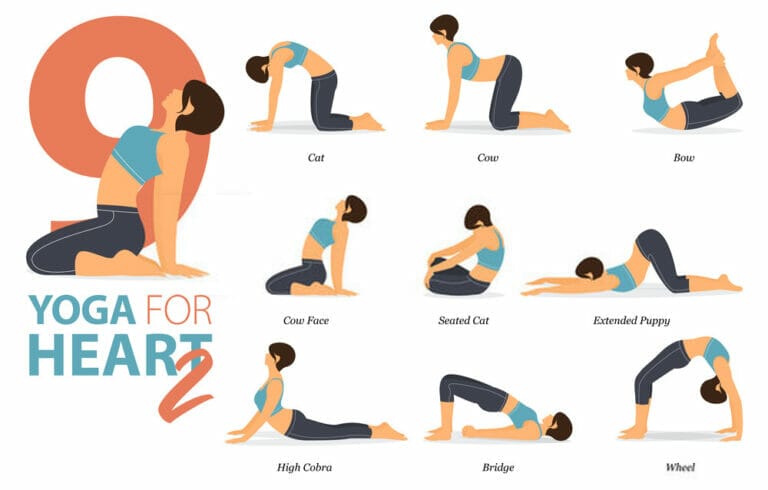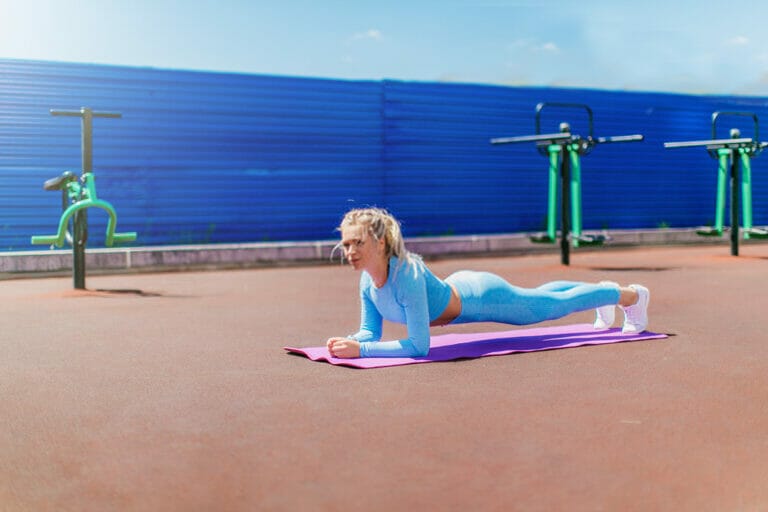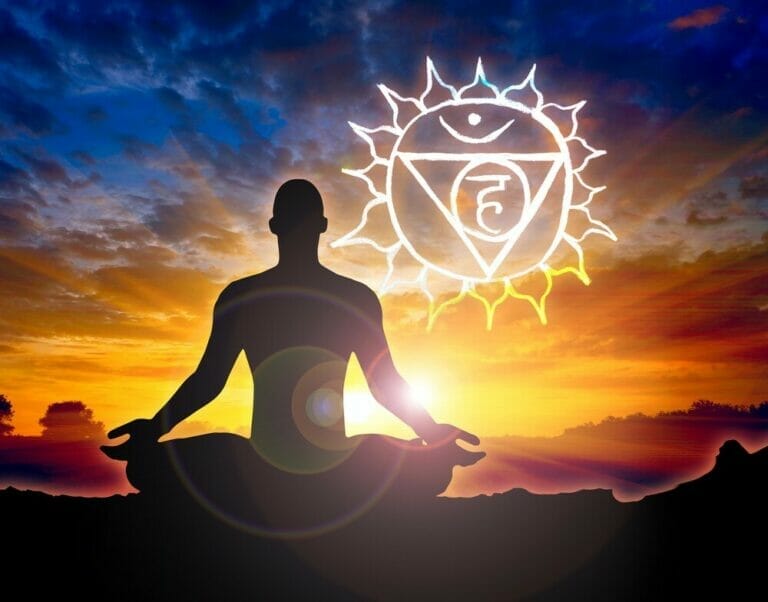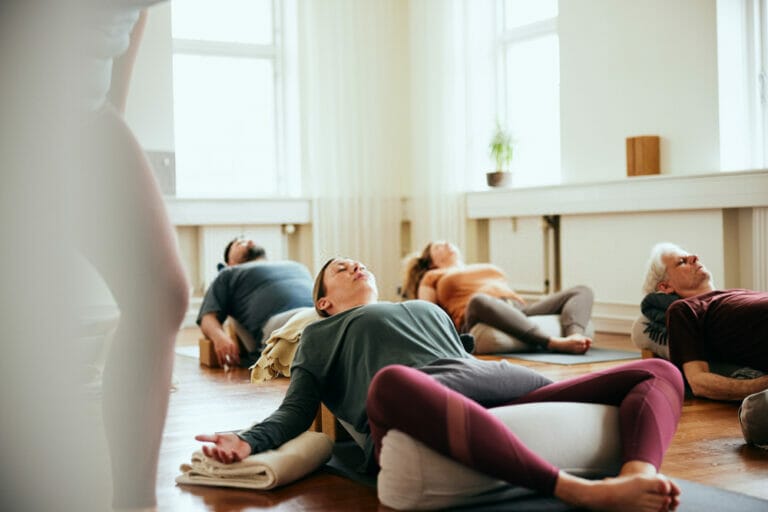These Yoga Poses Are Considered As The Most Difficult
Yoga has enormous benefits on physical and mental health that can cure chronic and non-communicable diseases. Regular practice spurs the organs and improves metabolic activity.
Above all, it keeps the individual active and healthy. Yoga also helps to reduce stress, another primary concern of many people.
Yoga poses are divided depending on the target area of the body. For example, people who want to lose weight can practice yoga poses for belly fat. Moreover, Yoga helps in building a flexible body and also provides relief from stress.
However, certain poses are pretty challenging to master, even for the experts. In this article, we will be discussing the difficult poses of Yoga.
Most Difficult Yoga Poses
The most difficult yoga poses are those poses that can give the practitioner great difficulty. They force the body to move, stretch, and contort to adapt to a new position.
It can lead to injury or pain in some people. If you are a beginner, please do not try these poses without expert guidance or prior experience.
Headstand (Sirsasana)
Headstands are considered one of the most challenging poses, followed by other yoga postures. It is a posture where the body is upside down and the head is on the ground.
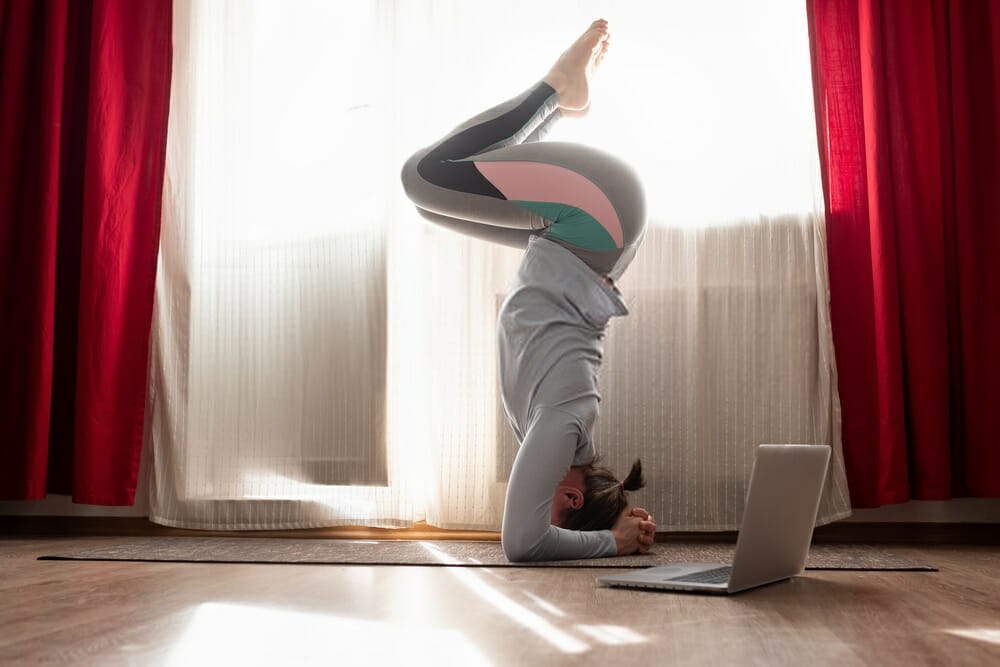
The feet and hands have to be in an appropriate position to maintain a balance. It is an inverted asana where the body weight rests on the head and shoulders instead of the feet.
In this pose, the blood flow to the head increases. The veins are compressed, providing relief from headaches and migraines.
It increases concentration level as well as memory power. Sirsasana is an invigorating posture that helps tone up many body muscles, such as thighs, calves, chest muscles, and shoulders.
In this pose, the head is kept in a steady position. The eyes are opened and the back straight.
Handstand Scorpion Pose (Taraksvasana)
It is one of the more challenging yoga poses. A good balance, decent strength, and extreme flexibility are needed for the handstand scorpion pose. If you’ve never tried this pose before, start by standing about a foot away from the wall.
This pose improves your balance while it strengthens your shoulders, abdominals, and back muscles. However, one must give concentration and focus in this position because it can be dangerous if mishandled.
The Side Plank Pose (Vasisthasana)
This pose is seemingly easy to get into, but that doesn’t mean it is not difficult. However, once in the pose, it’s another story.
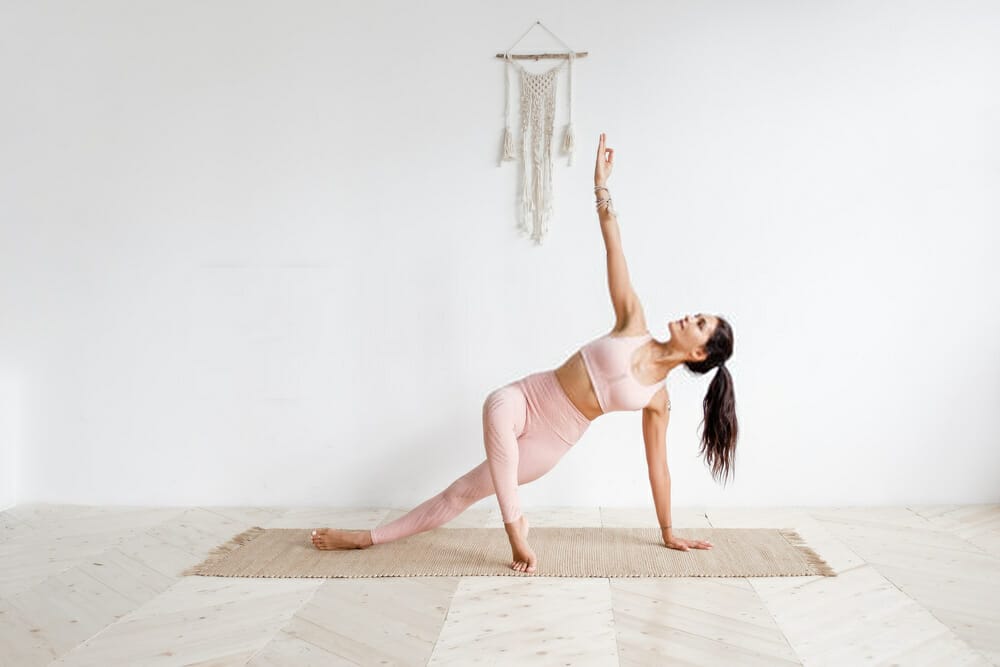
It's a pain to balance your body on just one hand, but you have to do it to perform a successful side plank pose.
This pose strengthens the oblique muscles of the abdomen and waist area while improving balance and spatial awareness.
On average, this position is held for about two minutes.
The Plow Pose (Halasana)
This pose is a little complex as it involves a bit of back bending. First, you have to extend your body so that your head is resting on the ground. However, you must make sure that your hands are placed firmly on the floor to avoid injuries.
This pose strengthens the hamstrings and back muscles, stretches and opens up the chest, and improves blood circulation in the body. It also relieves stress and counteracts depression.
No muscles are strained in this pose. This pose is typically held for about 5 minutes.
The Shoulder Stand Pose (Salamba Sarvangasana)
This pose is a strenuous and difficult one to achieve. It requires great flexibility and strength to achieve the perfect posture.
However, it is said to have significant benefits for the body, including diminishing anxiety, tension, stress, and fatigue.
The shoulder stand massages the thyroid gland in your neck, stimulates the pituitary gland in your brain, and increases blood flow.
Yoga Sleeping Pose (Yoganidrasana)
It is a crucial yoga pose and should only be attempted by people who have already achieved a certain level of flexibility.
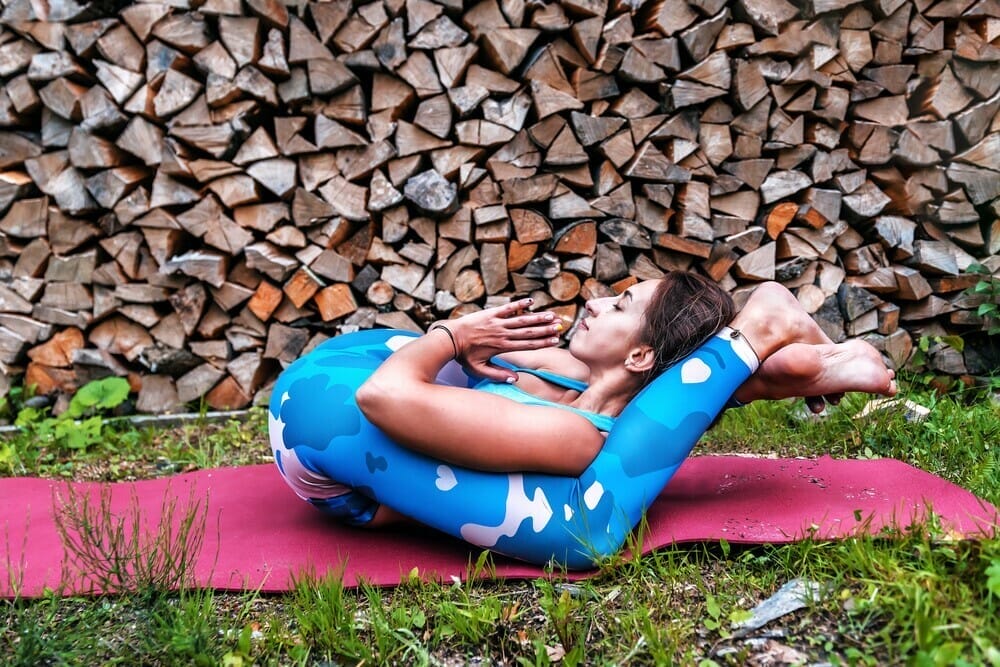
Some say that some Yogic practitioners even sleep in this posture, and as such, it obtained its name. But if you don't want that intensity, this pose isn't for you.
Breathing can be difficult when getting into this posture. Although, once you have your body in a proper situation, your respiration should be more relaxed.
The most significant benefit of Yoganidrasana is the entire spine stretching and the associated muscles.
This pose will help with circulation, reduce stress and any symptoms related to menopause. It will also realign your spine.
Eight Angle Pose (Astavakrasana)
The eight-angle pose is an advanced yoga position that requires a great deal of strength, flexibility, and balance.
If you've ever seen the eight angles pose in person, it looks like it would be tough to maintain. However, if you are even remotely flexible, then this is a good pose for you.
A person who has excellent arm strength and a sound balance should achieve the eight-angle pose. This pose is perfect for your arms, shoulders, and abdominal muscles. It also improves balance – which is essential when you’re trying to perfect it.
One-Handed Tree Pose (Eka Hasta Vrksasanav)
This pose is a challenge for even those who have outstanding balance and strength. This position needs control of both of these variables while inverted.
It is helpful to develop your wrist and elbow as it provides stability. In addition, it builds up your arm and core muscles.
In this position, the thoughts will become more apparent and breathing more relaxed. But it’s a lot of work to master this pose. However, it can be done anywhere and is a great way to relax.
Head to Foot Pose (Sirsa Padasana)
This posture requires strength, balance, flexibility, and endurance as it involves using all your muscles.
In addition, this pose is challenging because the ground gives you no support, so your weight is on your hands and knees.
The physical benefits of this pose include an intense spinal stretch and increased blood flow to the brain. The ‘Sirsa Padasana’ also helps to develop your concentration and focus.
Wounded Peacock Pose (Pungu Mayurasana)
This pose reminds me of the “wounded” bird trying to fly again after the sun sets in a semi-tropical climate.
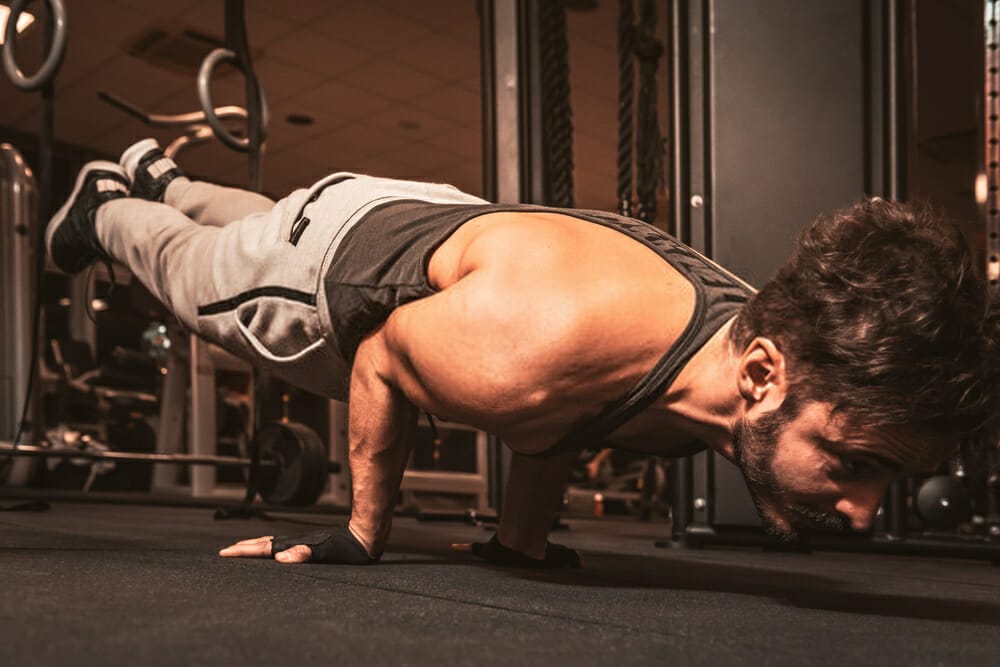
This pose requires excellent strength and flexibility, which is why it is so difficult. However, it also helps to improve your concentration and breathing pattern.
Pungu Mayurasana helps improve digestion, strengthens your core muscles, relieves back pain, and prevents blood clots from forming in your veins.
This version of Peacock Pose is an excellent exercise for your mind. It's also a perfect balance-out pose to practice on both sides.
Firefly Pose (Tittibhasana )
Tittibhasana is a core-intensive arm balance. Core muscles are more important to perform this pose than arm strength.
This pose stretches your back, torso and inner groin, strengthens your arms and wrists, and tones your belly.
It is also good to improve your sense of balance. If you look closely at this position, you will notice that this pose is more about balance and control than anything else.
The Eagle’s Pose (Garudasana)
This pose is challenging to perform, both as a beginner and an advanced yogi. However, if you can manage it, you are in for a treat as it improves your balance, flexibility, blood circulation, and posture. It also strengthens your arm muscles.
If you have perfect balance and flexibility, it's possible to perform the eagle pose with one hand. You need to keep your upper body straight and your arms stretched. It also improves concentration, focus, and concentration.
Super Soldier Pose (Viparita Parivrtta Surya Yantrasana)
This challenging posture will give you a good stretch in your hips, lower back, and shoulder muscles. It also relieves tiredness and provides relief from anxiety.
The Super Soldier Pose also helps to improve the circulation of blood in the body and strengthens your arms, chest, and abdominal muscles.
Knee-to-Ear Pose (Karnapidasana)
It is an outcome of Halasana or Plow Pose. In this position, the spine is extended. It can look a bit strange, but it can be rather calming as well.
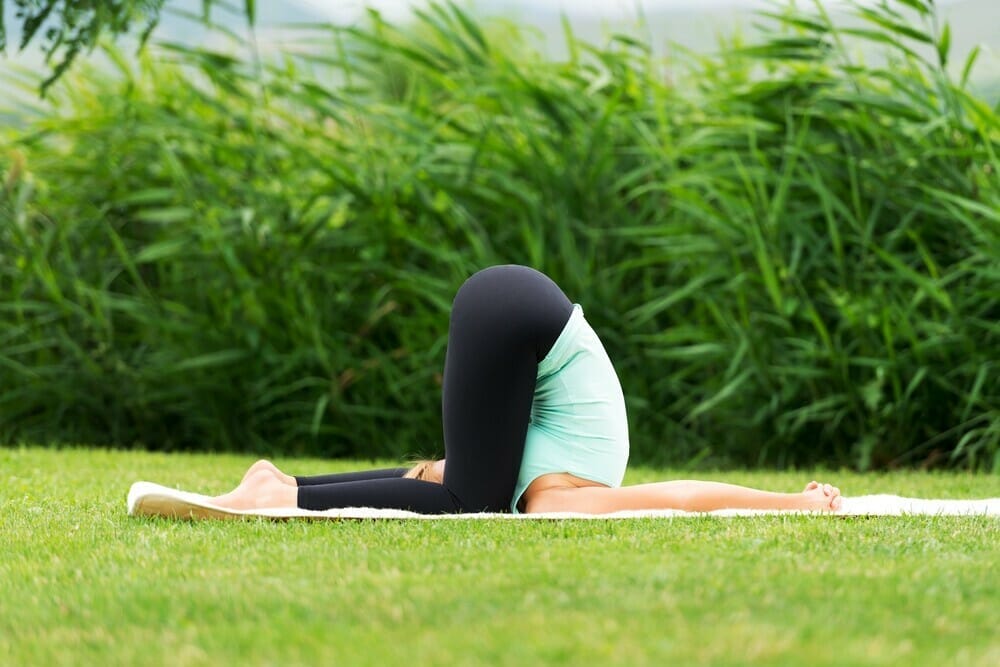
To do Karnapidasana requires flexibility in the shoulders, hips, back, and legs. It represents an intense stretch and is said to be great for circulation.
The Lotus Pose (Padmasana)
Lotus Pose is the ultimate yoga activity that requires open hips and good practice. Traditional texts say that Padmasana will destroy all diseases and awaken your kundalini.
As a result, Padmasana soothes the cortex and invigorates the other chakras. It might help to stretch your nerves and muscles when easing irritation and pain from menstruation as well as lumbar spine/sciatica.
Handstand Scorpion Pose (Taraksvasana)
Taraka is a demon that Kartikeya slew. ‘Taraka’ roughly translates to “internal power.” This pose has two variations.
One variation is with each of your feet resting on the top of your head, and the other variation is with one leg raised straight up.
This variation of the scorpion handstand requires you to come up on your hands. This pose develops your balance and enhances your internal power while strengthening your shoulders, abdominals, and back muscles.
Embryo Pose (Garbha Pindasana)
“Garbha” means womb, while “pinda” means embryo. One’s capacity to do this posture will rely on one’s composure with Lotus Pose.
This variation follows a hand balance Kukkutasana, which requires sticking your arms through the tiny space behind each bent knee.
Garbha Pindasana strengthens your shoulders and arms while easing back tension. It also aids in increasing hip and knee suppleness and is very effective for the digestive system, can help alleviate stomach cramps, and builds up abdominal muscles.
Yogi Staff Pose (Yogadandasana)
To take this position, you need to be conscious of opening up your hips. Fortunately, a few variations are also more accessible, which would help prep for this posture too.
Yoga improves posture, strengthens your back muscles, and stretches your spine. It is also helpful in relieving gynaecological complications.
This pose will keep your back safe and stretch out your chest while reducing stress on your shoulders.
Standing Splits Against a Wall Pose (Urdhva Prasarita Eka Padasana)
The Standing Splits Against a Wall Pose is challenging and requires good balance. However, it helps to improve your balance and quickly calms you down.
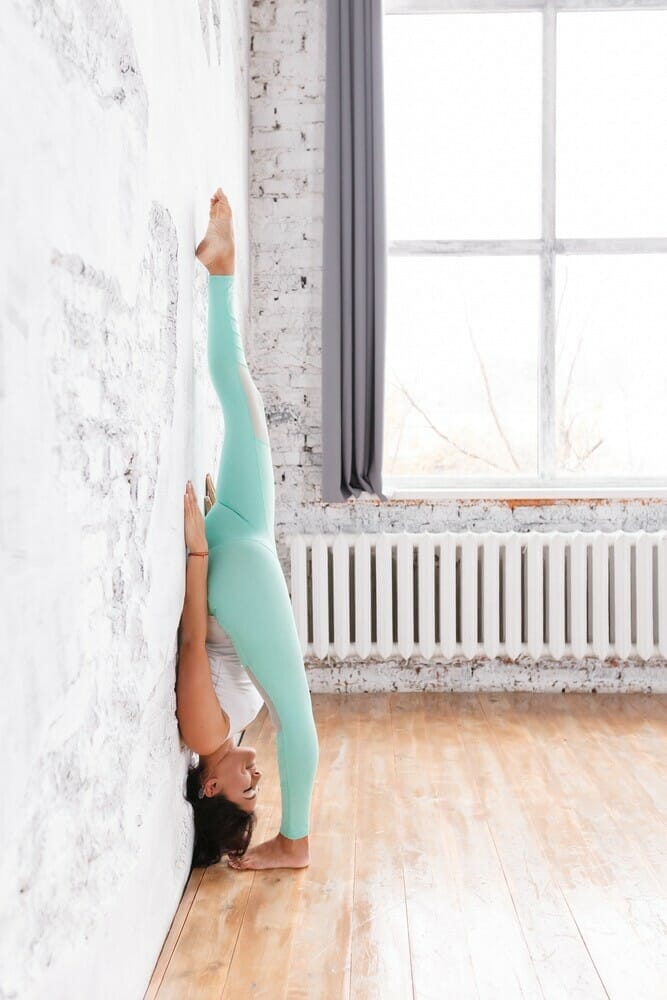
It also strengthens your legs and spine, helps to increase flexibility, relieves neck and back pain, improves circulation, and prevents varicosity.
Bound Side Crow Pose (Parsva Bakasana)
This pose helps to open up your glutes and hamstrings and requires a solid and steady focus. In addition, this pose is traditionally said to activate the navel chakra, which boosts confidence, power, and control.
This pose is great for your wrists, shoulders, and stomach. It stretches your core and improves your balance too.
Conclusion
Through regular practice, you can develop a solid and healthy body as well as a peaceful mind. Some poses are more challenging than others, and you should make sure that you are doing them correctly before pushing yourself too hard.
The benefits of Yoga are immense, as it's a complete package that helps you stay fit and keep various ailments at bay.
Those mentioned above are some of the Advanced Yoga poses that you can add to your yoga routine. These advanced poses can help you to gain the numerous benefits of Yoga without having experience in practice.
If you are new to it, do not forget to seek advice from a professional yoga instructor before going for these advanced poses.
I hope this article will be beneficial to you. You are welcome to ask any question in your mind while you try some of these Yoga poses.
Stay Healthy Stay Fit Stay Happy!

